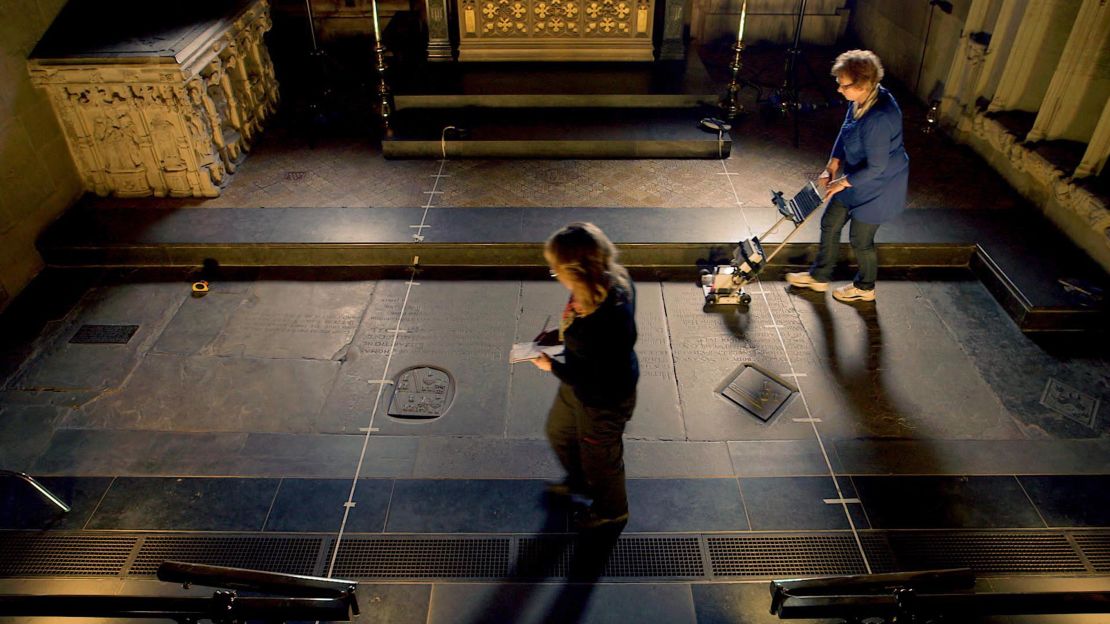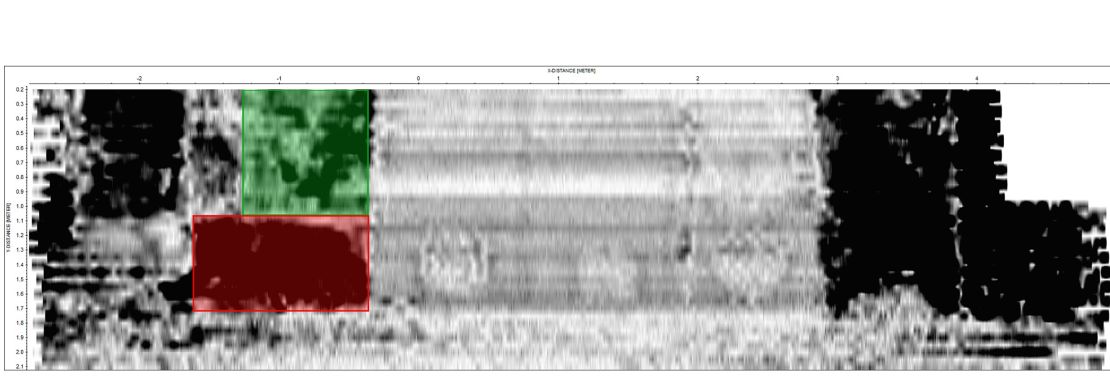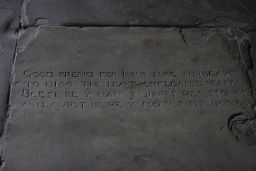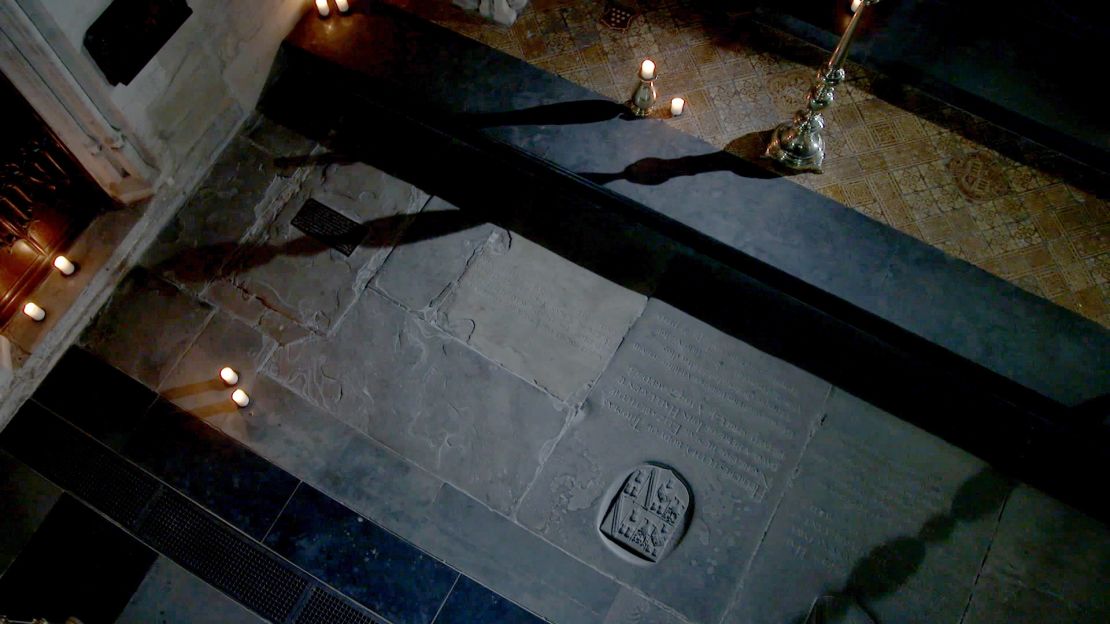Story highlights
William Shakespeare's skull was likely stolen by grave robbers, say archeologists
Radar scans of English playwright's tomb reveal an "odd disturbance at the head end"
A centuries-old tale that grave robbers stole Shakespeare’s skull from its burial place, has been given new credence by scientists using 21st century technology.
Radar scans of the English playwright’s tomb have led experts to conclude his skull appears to be missing, and was probably stolen in the 18th century.
“This is the first archaeological investigation ever of Shakespeare’s burial, and what we found was quite surprising,” Kevin Colls, the archaeologist who led the study, told CNN.

Using radar scans, the team found “an odd disturbance at the head end” of the grave, he said.
“Our equipment could identify a change of material in the burial,” said Colls, adding that the discovery suggested this foreign material was used to repair damage of the grave.

Colls added that the findings matched several details of a robbery story published in British magazine, Argosy, in 1879.
According to the magazine, almost a century earlier in 1794 grave robbers stole Shakespeare’s head from the Holy Trinity church in Stratford-upon-Avon.
“It is very likely to me that the skull is not there,” said Colls.
Apparently, the inscription on Shakespeare’s grave stone, which has no name on it, wasn’t enough to keep tomb raiders away.

“Blessed be the man that spares these stones, and cursed be he that moves my bones,” part of it reads.
READ: Research suggests Shakespeare wrote ‘lost’ play
It’s not surprising that grave robbers targeted Shakespeare’s final resting place, according to Colls.
“At the time, stealing skulls from graves was common practice,” he said.
People wanted the skulls of geniuses and famous people to analyze them and trying to figure out what made them special, the researcher explained. Or they were simply trophy hunters looking for money.
The underground investigation also debunked several myths surrounding the burial. According to one of them, Shakespeare was buried in a vertical position, while another claims he rested 17ft (five meters) beneath the surface.
Yet another story claims the playwright was buried in a vault along with wife Anne Hathaway and other family members.
“None of them is true,” Colls said.

Instead, Shakespeare is buried in a simple and shallow tomb, about one meter deep, and probably wrapped in a shroud, say scientists.
Next to him, some family members, including his wife, rest.
The findings come ahead of the 400th anniversary of Shakespeare’s death. British Channel 4’s documentary “Secret History: Shakespeare’s Tomb,” which airs Saturday, March 26, will feature the results of the investigation.
READ: Was William Shakespeare a stoner?
But Colls’ theory about Shakespeare’s skull does not convince the local vicar.
“We now know much more about how Shakespeare was buried and the structure that lies underneath his ledger (grave) stone,” Patrick Taylor, of Holy Trinity in Stratford, told the Press Association.
“We are not convinced, however, that there is sufficient evidence to conclude that his skull has been taken,” he added.
“We intend to continue to respect the sanctity of his grave, in accordance with Shakespeare’s wishes, and not allow it to be disturbed. We shall have to live with the mystery of not knowing fully what lies beneath the stone.”
The team also analyzed a skull in a nearby church, thought to be Shakespeare’s, only to find out that it belonged to a woman in her 70s.
“This project has been a roller coaster of emotions,” Colls said. And it isn’t over yet.
Although conceding that the evidence is not conclusive, he believes the skull was taken from the church.
“William’s skulls is still out there,” he said. “And we are going after it.”
READ: Historian claims to discover ‘true face’ of Shakespeare









